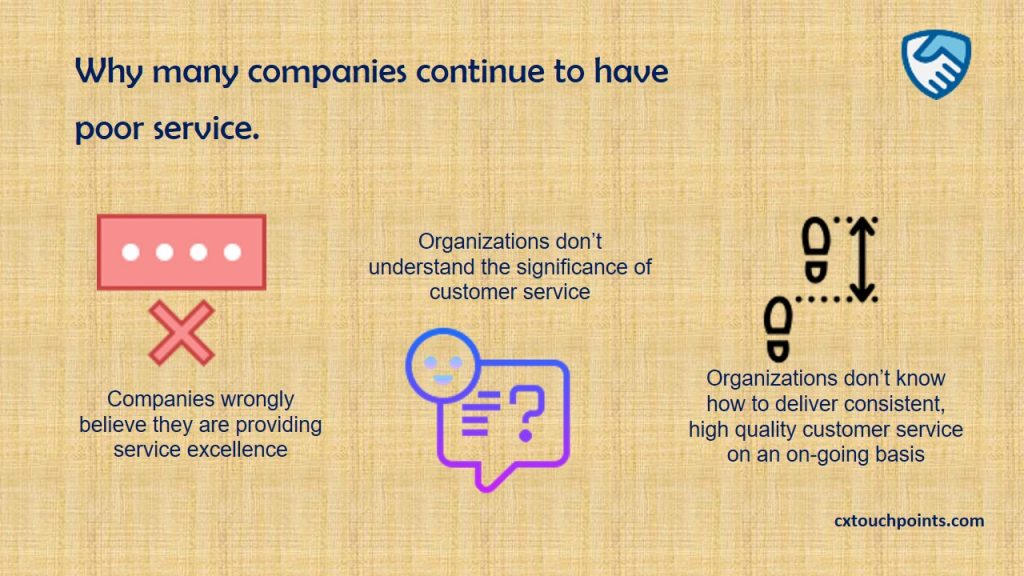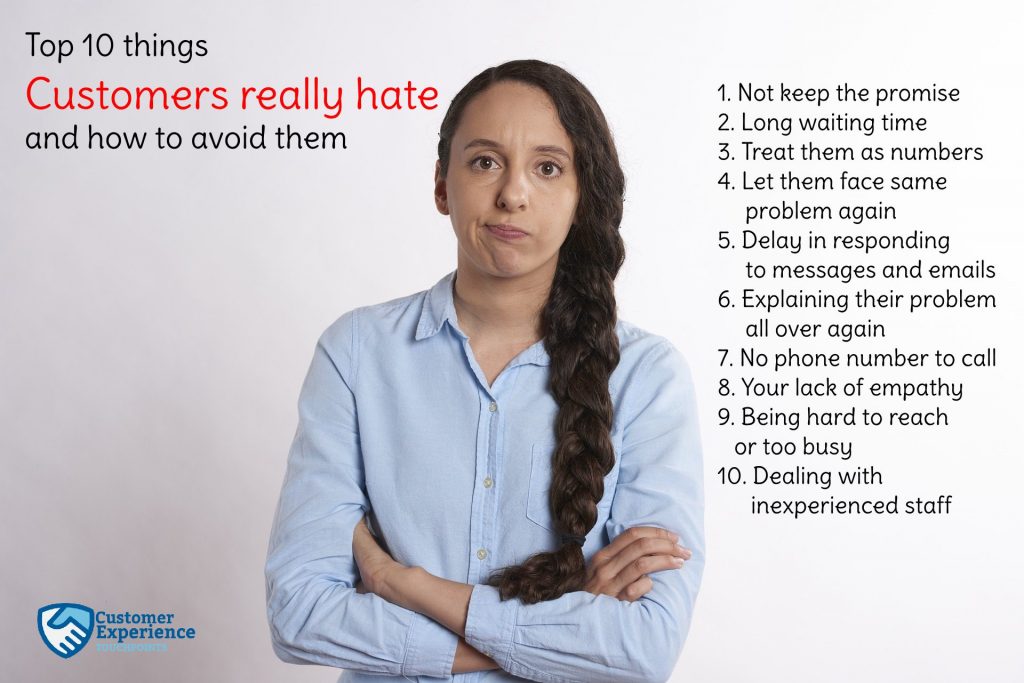It is very common for Civil Servants in Cameroon to give extremely poor customer service to those who visit public offices. A recent survey done by Institute of Customer Service Cameroon demonstrate that of 10 sectors surveyed, public and para-public companies as well as state agencies and ministries have the lowest customer experience score in the Country.
This consistent poor service affects the very productivity of state corporations and the internal customer service explains the low morale and lack of patriotism in civil servants.
This poor service has 5 obvious consequences:
– It reduces the confidence of the public in the government in place.
– Makes the delivery of public services very costly and inefficient.
– Accounts for the falling output of public sector employee’s performance.
– Makes it difficult for government to achieve its mission.
When state agencies focus on improving the citizen experience—for instance, making it easier to complete a transaction in a more timely manner, this can improve the citizen’s voluntary compliance, make the delivery of services more cost effective, and improve the citizen’s trust in government. (D’Emidio et Al,2017)
One of the best ways governments can demonstrate that they work better for the people is by improving the customer experience with government services. This can be achieved by making public sector customer experience a top priority, simplifying and speeding up the way people get public services such as paying taxes, obtaining arrears and allowances, the ease with which people make their way through airport security, through ministerial services, as well as all other services government provides.
Meyers. M. et Al (2016), stipulate that as governments look to build a workforce able to tackle the tough, interconnected challenges of the 21st century, strengthening the government employee experience is particularly critical. By treating employees as customers, agencies have the chance to improve both the employee experience and their own ability to execute their mission.
This brings to light the concept of the internal Customer, the civil servant themselves. If government cannot ensure a consistent high work experience for its employees, it is difficult for them to render a positive and consistent good service to the public.
As a civil servant you must look at the service you provide through the customer’s eyes, and this will help you see how to make it better. To truly think, act and plan from a customer viewpoint is highly challenging and thus requires a holistic and ‘eyes open’ approach. This requires putting in place a structured and systemic approach. One of the ways you can do this is by looking at the customer journey. This consists of identifying all ways in which the customers interact with you, and map out the process, tools, systems, and expectations across each stage. You must ask yourself this basic question; how do customers feel when I serve them, and what are their emotions? Then see how to improve these reactions to your service? (Smith. N. 2016)
If the public sector can root itself in the basic principles of customer experience design and research as well as the Six pillars of Personalisation, Integrity, Expectations, Empathy, Time & Effort and Resolution, then the barriers which stand in the way of innovation and service delivery will soon become more manageable and easier to navigate. To do this is to position the public sector once again as truly for the public it aims to serve, thus enabling it to achieve its mission (KPMG, Nunwood n.d.)
The Public Customer Experience in Cameroon may be bad, but something can be done about it. It must start from the top and with every government unit defining its mission, reviewing its processes and developing a strong customer centric culture. This requires an active intervention of State ministers and head of services and corporations. State Corporations must compete with private organizations from the perspective of quality services.
Improved public sector Customer experience would permit to:
– Improve the Economic climate and boast economic growth.
– Improve public confidence in the state.
– Increase patriotism and love for the Nation.
By: Mbinkar Kpunsa Fomunyuy ( Customer Experience Consultant / Master trainer)
References:
D’Emidio. T., Malfara. D. & Neher. K. (2017), Improving the customer experience to achieve government-agency goals. Retrieved from : https://www.mckinsey.com/industries/public-sector/our-insights/improving-the-customer-experience-to-achieve-government-agency-goals Visited 11/03/18
KPMG, Nunwood (n.d). Customer experience design in the public sector: provoking innovation through service user research. Retrieved from https://www.nunwood.com/excellence-centre/blog/2016/customer-experience-design-in-the-public-sector-provoking-innovation-through-service-user-research/ visited on 11/03/2018
Meyers. M., Roth. H., Niu. E., & Dye. D, (2016), Employees as customers: Reimagining the employee experience in government. Retrieved from: https://www2.deloitte.com/insights/us/en/industry/public-sector/treating-employees-as-customers-in-government.html visited on 10/03/2018
Smith. N. (2016), Improving customer experience of public sector services. Retrieved from: https://www.nsandi-gps.com/latest-improving-citizen-experience-public-sector-services/ Visited on 10/03/2018.



